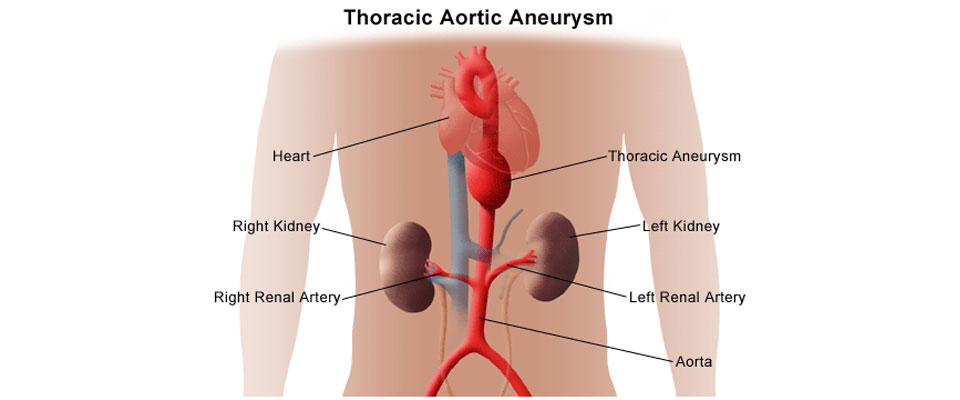
What Is An Aneurysm Of The Thoracic?
An abnormal bulging of the aorta in the chest is a thoracic aneurysm. The aorta is the main blood vessel that carries blood from the heart and sends branches to the head and neck and arms before arching over and down the body to supply the inner organs and lower extremities. Thoracic aneurysms are not as common as lower aorta aneurysms, but they are more difficult to treat.
Types of thoracic aneurysm Thoracic aneurysms are classified according to whether they occur in the thoracic aorta ascending or descending and which aortic branches are involved. Aneurysms affecting the ascending aorta can also affect the aortic valve that controls the flow of blood from the heart. In general, the more branches involved and the closer the aneurysm extends to the aortic valve, the more difficult it is to treat.
Treatment of Thoracic Aneurysms
Open thoracic aneurysm surgery is an important undertaking with a high risk of complications. For this reason, many conventional open operations have been replaced by endovascular (key-hole) procedures in which the diseased aorta segment is repaired by placing a new lining under X-ray control inside the artery. This is called stent grafting or end-grafting of the thoracic.
Thoracic aneurysms with a segment of aorta away from major branches are relatively easy to treat with a stent-graft. This can be done through a small incision of the groin and through the femoral artery through the graft. This can be done on a general, epidural or local anesthetic basis. More extensive aneurysms may need more complex procedures. In more than one operation, these can be staged. Typically, a bypass is carried out from one artery to another in preparation for the deployment of a longer stent-graft, which deliberately blocks the aneurysm-affected diseased blood vessels.